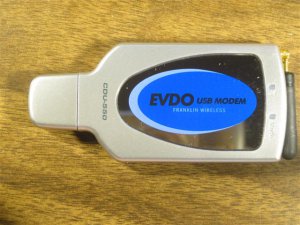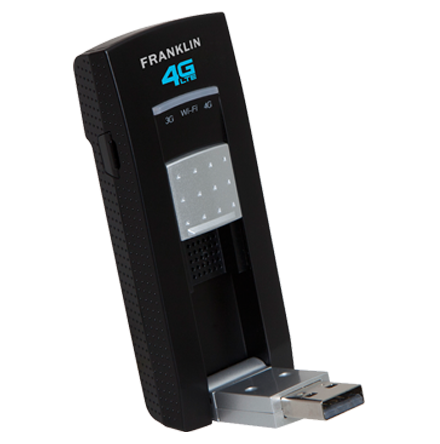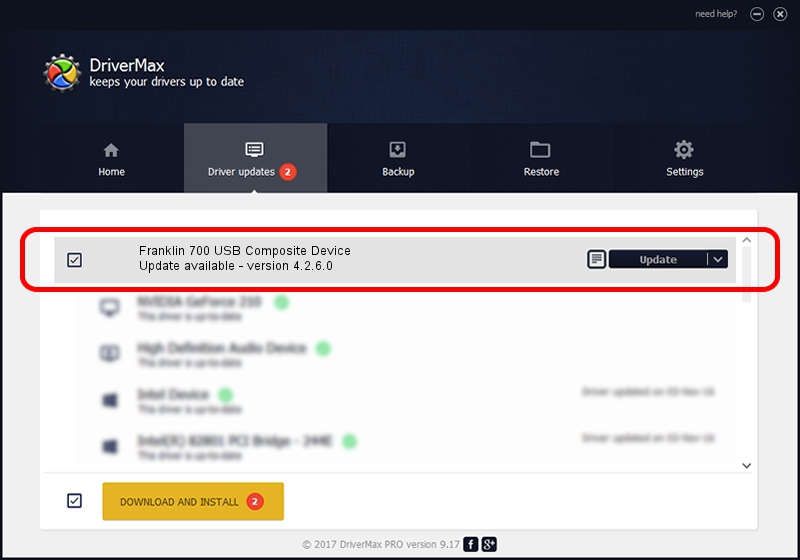- Franklin Wireless Usb Devices Driver Windows 7
- Wifi Usb Device
- Best Usb Wireless Devices
- Make Usb Device Wireless
- Wireless N Usb Adapter Driver
Intel® PROSet/Wireless Software and Drivers for Intel® Wireless 7260 Family. This download record contains the latest Intel® PROSet/Wireless Software and drivers available for Intel® Wireless 7260 Family. Driver: Windows 10, 32-bit. Windows 10, 64-bit. Windows 8.1.
Even though the wireless adapter is connected to the computer, it may not have been recognized as a network device by the computer. In this step, you will check whether the device was recognized properly.

If the device is not yet connected, first install the device-specific driver, such as by using the appropriate installer. After the device-specific driver is installed, Windows 10 will select that driver instead of the standard USB audio 2.0 driver when you first connect the device. Force DPInst to install the driver even if the driver that is currently installed is a better match than the new driver Assets 3 PlutoSDR-M2k-USB-Drivers.exe 5.35 MB.
- Here's how to to check for Verizon wireless coverage while in the US, find steps to check coverage and determine what the indicators on your device mean. Re-installing PC Card / USB Modem Drivers heading. Here's how to reinstall PC Card / USB Modem drivers on your Windows computer. Here's how to resolve driver conflicts if your device.
- USB Modems Connect your computer to fast 4G LTE speeds with Franklin Wireless’ 4G LTE Smart USB Modem. This innovative 2-in-1 device can be used as a traditional USB modem or as a portable Wi-Fi mobile hotspot for wireless connectivity. It is extremely simple to set up and use, with no installation CD or drivers to download.


Open a Terminal window, type lshw -C network and press Enter. If this gives an error message, you may need to install the lshw program on your computer.
Look through the information that appeared and find the Wireless interface section. If your wireless adapter was detected properly, you should see something similar (but not identical) to this:
If a wireless device is listed, continue on to the Device Drivers step.
If a wireless device is not listed, the next steps you take will depend on the type of device that you use. Refer to the section below that is relevant to the type of wireless adapter that your computer has (internal PCI, USB, or PCMCIA).
Franklin Wireless Usb Devices Driver Windows 7
Internal PCI adapters are the most common, and are found in most laptops made within the past few years. To check if your PCI wireless adapter was recognized:
Wifi Usb Device
Open a Terminal, type lspci and press Enter.
Look through the list of devices that is shown and find any that are marked Network controller or Ethernet controller. Several devices may be marked in this way; the one corresponding to your wireless adapter might include words like wireless, WLAN, wifi or 802.11. Here is an example of what the entry might look like:
If you found your wireless adapter in the list, proceed to the Device Drivers step. If you didn’t find anything related to your wireless adapter, see the instructions below.
Wireless adapters that plug into a USB port on your computer are less common. They can plug directly into a USB port, or may be connected by a USB cable. 3G/mobile broadband adapters look quite similar to wireless (Wi-Fi) adapters, so if you think you have a USB wireless adapter, double-check that it is not actually a 3G adapter. To check if your USB wireless adapter was recognized:

Open a Terminal, type lsusb and press Enter.
Look through the list of devices that is shown and find any that seem to refer to a wireless or network device. The one corresponding to your wireless adapter might include words like wireless, WLAN, wifi or 802.11. Here is an example of what the entry might look like:
If you found your wireless adapter in the list, proceed to the Device Drivers step. If you didn’t find anything related to your wireless adapter, see the instructions below.
Best Usb Wireless Devices
PCMCIA wireless adapters are typically rectangular cards which slot into the side of your laptop. They are more commonly found in older computers. To check if your PCMCIA adapter was recognized:
Start your computer without the wireless adapter plugged in.
Open a Terminal and type the following, then press Enter:
This will display a list of messages related to your computer’s hardware, and will automatically update if anything to do with your hardware changes.
Insert your wireless adapter into the PCMCIA slot and see what changes in the Terminal window. The changes should include some information about your wireless adapter. Look through them and see if you can identify it.
To stop the command from running in the Terminal, press Ctrl+C. After you have done that, you can close the Terminal if you like.
If you found any information about your wireless adapter, proceed to the Device Drivers step. If you didn’t find anything related to your wireless adapter, see the instructions below.
Make Usb Device Wireless
If your wireless adapter was not recognized, it might not be working properly or the correct drivers may not be installed for it. How you check to see if there are any drivers you can install will depend on which Linux distribution you are using (like Ubuntu, Arch, Fedora or openSUSE).
Wireless N Usb Adapter Driver
To get specific help, look at the support options on your distribution’s website. These might include mailing lists and web chats where you can ask about your wireless adapter, for example.
